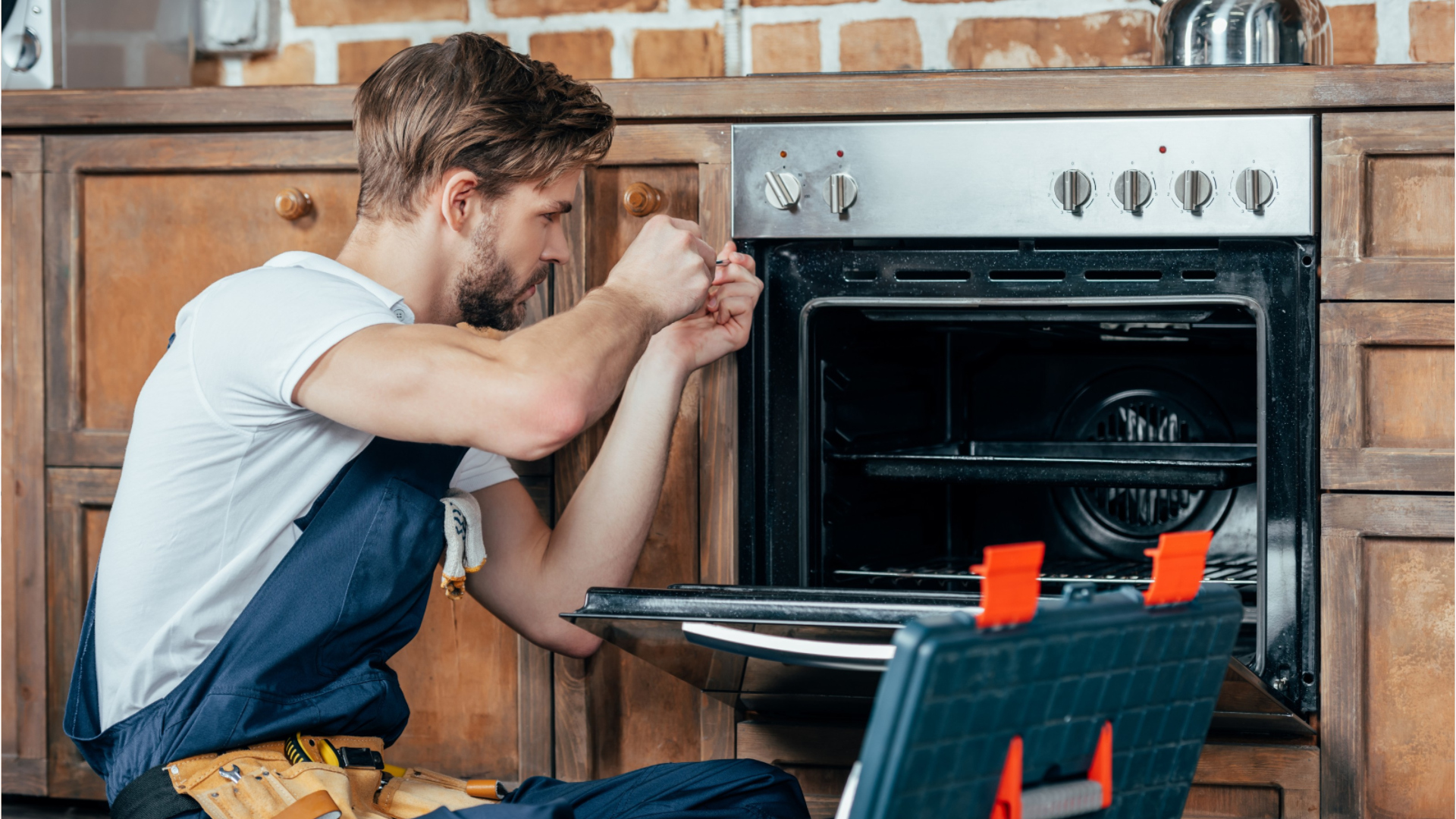Control & Valve Installers & Repairers
Instrument and Electrical Technician (I and E Technician), Measurement Technician, Meter Technician, Valve Technician
 Select a military branch to see samples.
Select a military branch to see samples.
Aerospace Ground Equipment; Aerospace Ground Equipment Journeyman; Aircraft Fuel Systems Craftsman; Electrical Power Production Apprentice; Heating, Ventilation, Air Conditioning, and Refrigeration; Heating, Ventilation, Air Conditioning, and Refrigeration Journeyman; Heavy Aircraft Integrated Avionics Journeyman; Missile And Space Systems Maintenance Craftsman; Missile And Space Systems Maintenance Superintendent; Water and Fuel Systems Maintenance Craftsman, Fuel Systems Maintenance
Automotive Maintenance Warrant Officer; Engineer Equipment Maintenance Warrant Officer; Plumber; Senior Automotive Maintenance Warrant Officer/Senior Ordnance Logistics Warrant Officer; Tactical Power Generation Specialist; Utilities Equipment Repairer; Water Treatment Specialist; Watercraft Engineer
Aviation Maintenance Technician; Avionics Electrical Technician; Damage Controlman; Electrician's Mate; Machinery Technician; Marine Safety Specialist Engineer; Material Maintenance Specialty; Naval Engineering Specialty
Aircraft Electrical Systems Technician, F/A-18; Aircraft Electrical Systems Technician, KC-130; Aircraft Electrical/Instrument/Flight Control Systems Technician, IMA; Cryogenics Equipment Operator; Mobile Facility Technician; Small Craft Mechanic; Water Support Technician
Advance Seal Delivery System Maintainer; Boiler Repairer Technician; Diesel Engine Systems Manager; Gas Turbine Electrical Systems Manager; General Dynamics (GD) Littoral Combat Ship (LCS) Core Crew Mission Specialist; Landing Craft Air Cushion Deck Engineer; LSD 41/49 Class Colt Pielstick Maintainer; Machinists Mate, Non-Nuclear, Submarine Auxiliary; Propulsion Plant Mechanical Operator; Shipboard Elevator Mechanical Maintenance
Water and Fuel Systems Maintenance; Water and Fuel Systems Maintenance Craftsman, Fuel Systems Maintenance; Water and Fuel Systems Maintenance Journeyman, Fuel Systems Maintenance
What they do:
Install, repair, and maintain mechanical regulating and controlling devices, such as electric meters, gas regulators, thermostats, safety and flow valves, and other mechanical governors.
On the job, you would:
- Record maintenance information, including test results, material usage, and repairs made.
- Disassemble and repair mechanical control devices or valves, such as regulators, thermostats, or hydrants, using power tools, hand tools, and cutting torches.
- Lubricate wearing surfaces of mechanical parts, using oils or other lubricants.
Knowledge
Engineering and Technology
- mechanical
- product and service development
Safety and Government
- public safety and security
Business
- customer service
Math and Science
- arithmetic, algebra, geometry, calculus, or statistics
Skills
Basic Skills
- thinking about the pros and cons of different ways to solve a problem
- keeping track of how well people and/or groups are doing in order to make improvements
Problem Solving
- noticing a problem and figuring out the best way to solve it
Abilities
Verbal
- listen and understand what people say
- communicate by speaking
Hand and Finger Use
- keep your arm or hand steady
- hold or move items with your hands
Ideas and Logic
- notice when problems happen
- order or arrange things
Personality
People interested in this work like activities that include practical, hands-on problems and solutions.
They do well at jobs that need:
- Attention to Detail
- Dependability
- Independence
- Integrity
- Initiative
- Cooperation
Technology
You might use software like this on the job:
Enterprise resource planning ERP software
- IBM Maximo Asset Management
- SAP software
Presentation software
- Microsoft PowerPoint
Industrial control software
- Supervisory control and data acquisition SCADA software
- Wonderware software
Education
Education: (rated 3 of 5)
high school diploma/GED or
certificate after high school
usually needed
certificate after high school
usually needed
Job Outlook
Below Average
New job opportunities are less likely in the future.
Explore More
- Electric Motor, Power Tool, & Related Repairers
- Engine & Other Machine Assemblers
- Industrial Machinery Mechanics
- Maintenance Workers, Machinery
- Stationary Engineers & Boiler Operators
You might like a career in one of these industries:
See more details at O*NET OnLine about control and valve installers and repairers.





